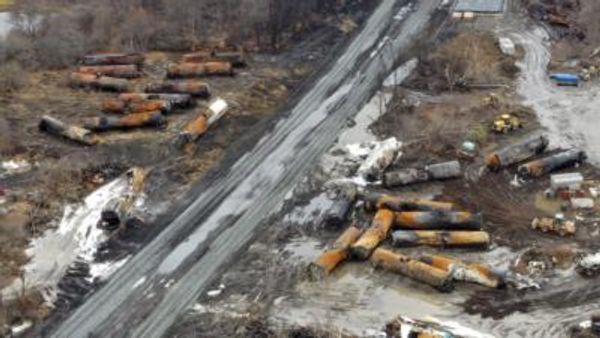
These super rich people have a collective USD 2.4 trillion stake in 183 companies, said the report titled "Carbon Billionaires: The investment emissions of the world’s richest people", adding that their investments in polluting industries such as fossil fuels and cement are double the average for the Standard and Poor group of 500 companies.
Cumulatively, these 125 billionaires fund 393 million tonnes of CO2e (carbon dioxide equivalent) per year, which is equal to the annual carbon emissions of France, a nation of 67 million people, according to the report.
The study also found that it would take 1.8 million cows to emit the same levels of CO2e as each of the 125 billionaires. Almost four million people would have to go vegan to offset the emissions of each of the billionaires, it said.
The report says that the actual figure is likely to be higher still, as published carbon emissions by corporates have been shown to systematically underestimate the true level of carbon impact, and billionaires and corporates who do not publicly reveal their emissions, so could not be included in the research, are likely to be those with a high climate impact.
Amitabh Behar, CEO of Oxfam India said, "The major and growing responsibility of wealthy people for overall emissions is rarely discussed or considered in climate policy making. This has to change. These billionaire investors at the top of the corporate pyramid have huge responsibility for driving climate breakdown. They have escaped accountability for too long."
In 2021, Oxfam report revealed that using land alone to remove the world’s carbon emissions to achieve ‘net zero’ by 2050 would require at least 1.6 billion hectares of new forests, an area equivalent to five times the size of India, as per PTI reports.
“We need COP27 to expose and change the role that big corporates and their rich investors are playing in profiting from the pollution that is driving the global climate crisis.
“They can’t be allowed to hide or greenwash. We need governments to tackle this urgently by publishing emission figures for the richest people, regulating investors and corporates to slash carbon emissions and taxing wealth and polluting investments", said Nafkote Dabi, Climate Change Lead at Oxfam International as quoted by PTI.
Oxfam also estimated that a wealth tax on the world’s super-rich could raise USD 1.4 trillion a year, vital resources that could help developing countries - those worst hit by the climate crisis - to adapt, address loss and damage and carry out a just transition to renewable energy.
According to the United Nations Environment Programme (UNEP), adaptation costs for developing countries could rise to USD 300 billion per year by 2030. Africa alone will require USD 600 billion between 2020 to 2030.
Oxfam also called for steeply higher tax rates for investments in polluting industries to deter such investments.
“The super-rich need to be taxed and regulated away from polluting investments that are destroying the planet. Governments must also put in place ambitious regulations and policies that compel corporations to be more accountable and transparent in reporting and radically reducing their emissions," said Behar.
The 27th edition of the Conference of Parties (COP) to UNFCCC opened Sunday at Sharm El-Sheikh, Egypt. Negotiations are scheduled to come to a close on November 18.
(With PTI inputs)







